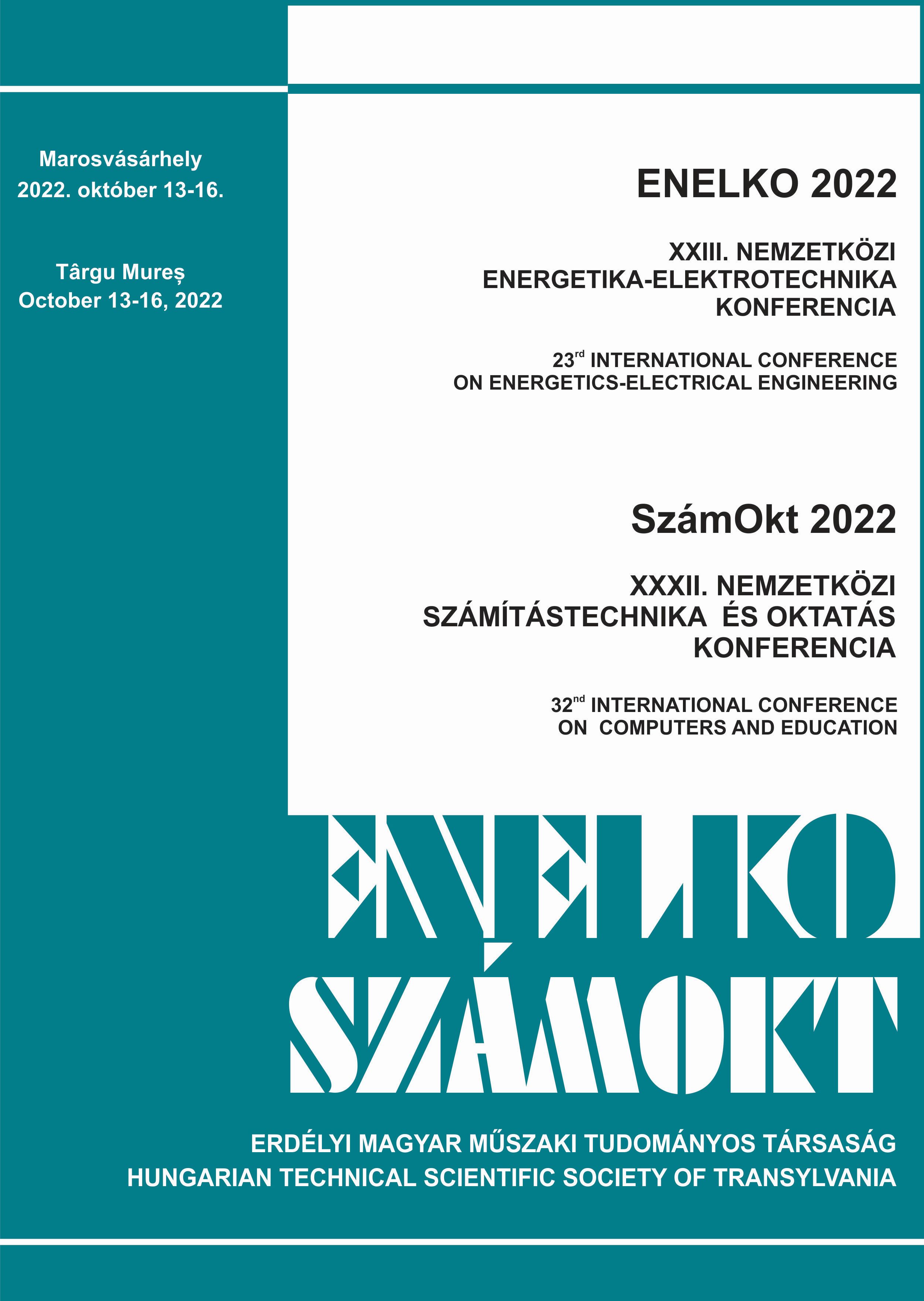Anomáliák észlelése vízellátó rendszerekben
Identification of Irregularities In Water Distribution Networks
Keywords:
Drinking-water quality, Anomaly Detection, Artificial Intelligence (AI), AutomaticAI, Ivóvíz Minőség, Anomáliák Észlelése, Mesterséges Intelligencia (AI)Abstract
Anomaly detection in water supply infrastructures is an important aspect that influences the proper functioning and the security of the entire system. Making the difference between a normal and an abnormal behavior is not a simple task; it requires machine learning (ML) techniques and artificial intelligence (AI) algorithms. This paper presents an automated method of selecting and tuning the best AI model that has the ability to classify the input data as normal or abnormal.
Kivonat
Az anomáliák észlelése a vízellátó infrastruktúrákban fontos szempont, amely befolyásolja a teljes rendszer megfelelő működését és biztonságát. A normális és az abnormális viselkedés között különbséget tenni nem egyszerű feladat; gépi tanulási (ML) technikákat és mesterséges intelligencia (AI) algoritmusokat igényel. Ez a cikk egy automatizált módszert mutat be a legjobb mesterséges intelligencia-modell kiválasztására és paramétereinek beállításásra, amely képes a bemeneti adatokat normálisnak vagy abnormálisnak minősíteni.
References
. C. Gakii, J. Jepkoech, A classification model for water quality analysis using decision tree, European Journal of Computer Science and Information Technology, Vol.7, No.3, pp.1-8, June 2019
. F. Muharemi, D. Logofătu, and F. Leon, Review on general techniques and packages for data imputation in r on a real-world dataset, Springer, 2018.
. A. H. Haghiabi, A. H. Nasrolahi, and A. Parsaie, Water quality prediction using machine learning methods, Water Quality Research Journal, 2018
. Q. T. Boon, Secure Water Treatmen SWaT, 2015, https://itrust.sutd.edu.sg/testbeds/secure-water-treatment-swat/
. T. C. Hock, Water distribution testbed (WADI), 2016, https://itrust.sutd.edu.sg/testbeds/water-distribution-wadi/
. F. Muharemia, D. Logofătua and F. Leonb, Machine learning approaches for anomaly detection of water quality on a real-world data set, Journal of information and telecommunication, 2019
. G. Sebestyen, A. Hangan, Z. Czako and G. Kovacs, A taxonomy and platform for anomaly detection, 2018 IEEE International Conference on Automation, Quality and Testing, Robotics (AQTR), Cluj-Napoca, pp. 1-6, 2018, doi: 10.1109/AQTR.2018.8402710.
. Z. Czako, G. Sebestyen, and A. Hangan, Evaluation Platform for Artificial Intelligence Algorithms, Proceedings of the 10th International Joint Conference on Computational Intelligence (IJCCI), vol. 1, pp. 39-46, 2018, doi: 10.5220/0006888900390046
. GECCO 2019 Industrial Challenge: Monitoring of drinking-water quality, http://gecco-2017.sigevo.org/index.html/Competitions.html
. C. Nitesh, B. Kevin, H. Lawrence, and W. Kegelmeyer, SMOTE: Synthetic Minority Over-sampling Technique, Journal of Artificial Intelligence Research (JAIR), vol. 16, pp. 321-357, 2002, 10.1613/jair.953
. P. Joseph, K. Taghi, D. David, and N. Amri, Using Random Undersampling to Alleviate Class Imbalance on Tweet Sentiment Data, pp. 197-202, 2015, 10.1109/IRI.2015.39





